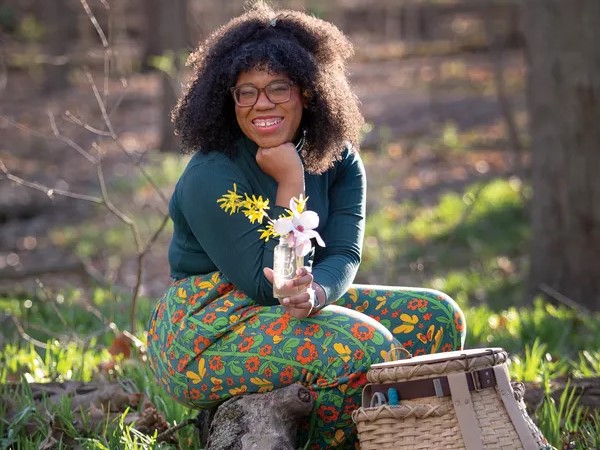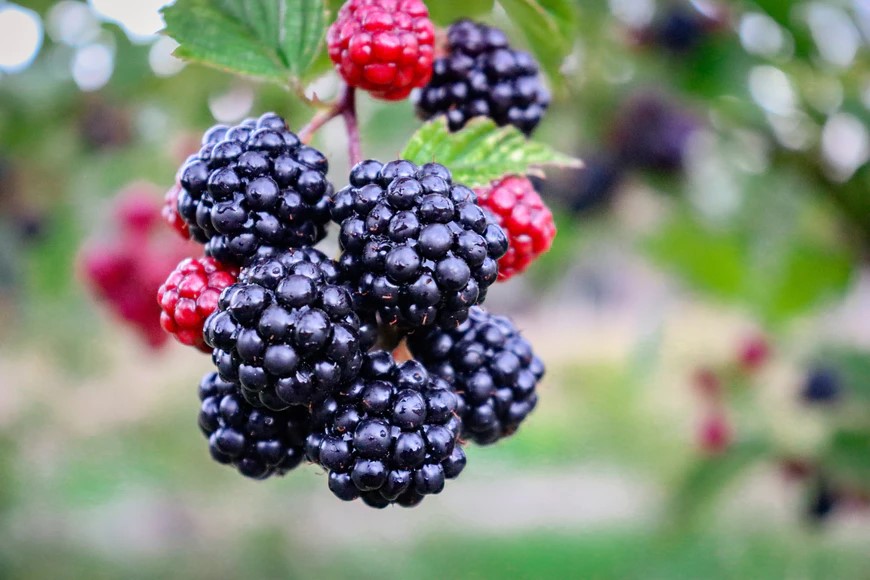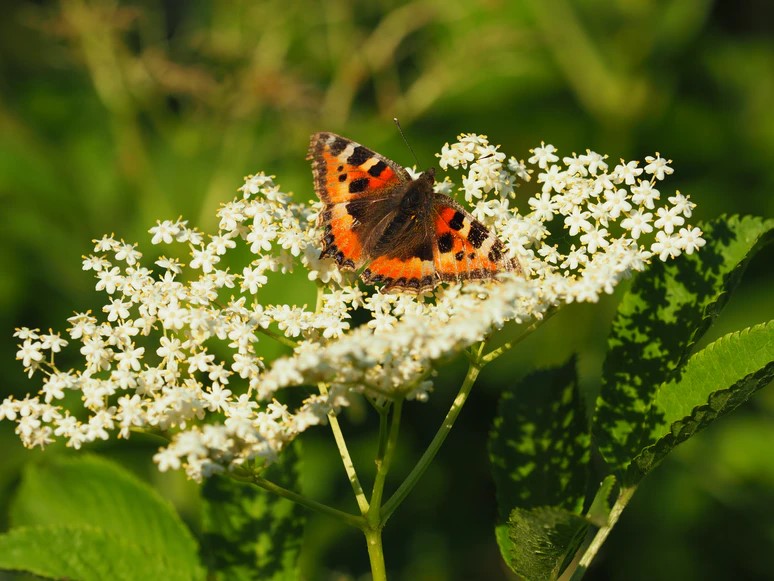By definition, foraging is gathering wild food resources. But what foraged food can be commonly found in the UK?
Foraging dates back thousands of years, searching for edible plants you could gather was a necessity, it was not a choice but a way of life. However, with the rise of agriculture, foraging became optional for most people. However, foraging is making a comeback in many places around the world. Some people see it as a great way to learn about the origins of where their food comes from. Some foragers see it as an opportunity to connect to the intricate world of nature surrounding us.
Foraging is a great hobby, allowing you to get closer to nature. And if you choose to do it with your family, it can be a wonderful bonding experience. David Beckham spent a day foraging with his daughter – Harper. He confessed that he “never thought [he]’d enjoy foraging as much as this”. Another celebrity spotted foraging is Nadiya Hussain, the 2015 Great British Bake-Off winner. In one of the episodes of her new TV programme, Nadiya’s British Food Adventure, the celebrity chef travelled to Scotland to learn about foraging. Turns out, there are wild plants growing in the UK that can be used as an alternative for traditional curry spices that are sold in local supermarkets.
 Source: https://bookofcelebs.com/2021/09/06/alexis-nikole-nelson-how-foraging-restored-my-relationship-with-food/
Source: https://bookofcelebs.com/2021/09/06/alexis-nikole-nelson-how-foraging-restored-my-relationship-with-food/
For some people, foraging is a way to connect more deeply to their cultural roots. TikTok sensation Alexis Nikole Nelson, otherwise known as Black Forager, is on a mission to share her extensive knowledge of plants and fungi. One of the reasons she feels so strongly about foraging is due to the fact that people of colour were largely deprived of their foraging practices in the process of their integration in the West.
From herbs and grasses to mushrooms and berries, the United Kingdom has plenty to offer when it comes to foraging. Although plants may vary depending on your region and the season, please see below for some commonly foraged and edible plants.
Wild Garlic

The botanical name of wild garlic is Allium ursinum. Wild garlic is a perennial bulb plant that grows in places with high moisture, like low-lying woodland or marshland. In some places, you can find wild garlic as early as March, and all throughout the spring. Unlike the garlic you buy in the store, all parts of wild garlic are edible – bulb, leaves, stems, and flowers.
Wild garlic can be used to add a hit of garlic flavour to soups, salads, and stews. You can also make wild garlic pesto, using the leaves in place of basil.
Blackberries

Wild blackberries are also commonly known as brambles. As far as foraged food go, blackberries are a safe choice. They are easy to identify and to prepare. Blackberries tend to ripen around late August and flourish into September. Once the fruits are deep, dark purple, they are ready to pick. You can enjoy them raw, as a healthy snack, as long as you wash them first. You can also freeze them, turn them into delicious jam, or use them for a pie filling.
Elderflowers

Elderflowers are the flowers of the elder tree or shrub. Elder grows in abundance in the UK, and can usually be found in the woods or hedge rows. In the late spring, the elder begins to flower in small clusters of white blossoms. Many people have elder trees in their garden, as the sweet smell of the flowers attracts the pollinators. These fragrant flowers can be foraged and used to make refreshing lemonade, elderflower cordial, and even wine! Later in the summer, the flowers develop into elderberries, which are also edible.
Mushrooms

The UK is home to many varieties of edible mushrooms. Making it one of the most commonly foraged food. Some grow on soil, some thrive on foliage and dead wood, and some varieties have a mutually beneficial relationship with the trees they grow on. Learning to forage wild mushrooms can be a great way to expand your culinary world.
Unlike the other items on our list, foraging mushrooms takes a lot of knowledge and experience. Identifying the species correctly is paramount to preventing food poisoning (or even death). It is very important to never eat a mushroom unless you are 100% sure it’s edible.
If you’re new to foraging, the best way to start is to find someone experienced who can guide you while you’re learning. You can join a local foraging group on Facebook or search for a foraging course you could attend. You should also always have a good mushroom guidebook with you whenever you go out foraging.

